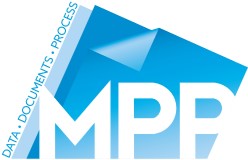5 Signs Your Business Needs a Managed Document Solution
You might have heard about Managed Document Services, but you’re not sure whether or not it is a service your business would benefit from. After all, its printers and copiers we’re talking...
